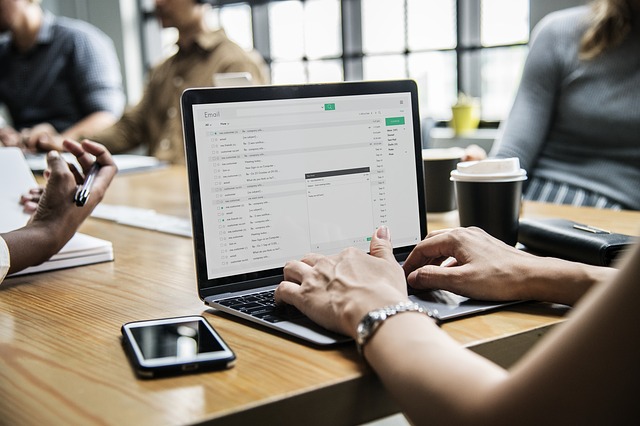Retail marketers are constantly asking themselves how they can get the products customers are most likely to buy in front of those consumers. The answer is personalized communications, as evidenced by the 28% of shoppers who are more likely to be loyal to a brand that sends marketing emails that are tailored to them. One of the most effective approaches to personalization is predictive marketing. Predictive marketing utilizes segmentation, machine learning and automated triggers to send the most effective email content for each shopper to ultimately convert more sales.
Automated product replenishment alerts are an easy example of predictive marketing. These emails are precisely timed to remind customers that it’s time to refill their stock (i.e., of cosmetics, contact lenses, protein shake powder, etc.). They are a win-win situation for both customers and retailers.; the emails hopefully prevent the shopper from unexpectedly running out of his or her favorite product while ensuring that they will be restocking at the same online store as last time.
Let’s take a closer look at how to use predictive marketing in your emails effectively.
The frequent shopper and the frequent browser
First, let’s look at shoppers who are on opposite ends of the customer lifecycle: The highly-engaged repeat customer and the highly-engaged non-customer. For customers frequently shopping with you, such as the mom that purchases her groceries every Sunday like clockwork, it’s important to resist bombarding them with special offers to avoid cannibalizing their average order value. Instead, let them know you value their loyalty by giving them early access to new products or inviting them to exclusive events such as in-store cooking classes.
On the other hand, for shoppers that are very engaged on your site but haven’t purchased yet, using special offers or coupons can be the little nudge they need proceed to checkout.
Re-engaging the disengaged shopper
A segment of your customer base that can be difficult to reach are lapsing shoppers. This group is comprised of customers that have shopped with you a certain amount of times but haven’t done so in a few months. The goal here is to reactivate the consumer in a way that makes them re-engage with your brand and return to your site. A triggered email campaign letting past shoppers know that you miss them can remind them of your offerings, show them new products and demonstrate why they loved your brand in the first place.
The big spender and the bargain hunter
Look at historic order size to identify who’s spending above and below average. This allows you to tell who the big spenders are and who might need some encouragement to come back more frequently or put more items in their cart each time they visit.
Prioritize relevant, higher ticket items (with higher margins) in your emails to those customers you know spend more than the average order value. Similarly, those who spend less each time they shop, might be put off by a campaign for your more expensive products. So, rather than waste a product recommendation drawing attention to an offer out of their price range, it makes more sense to instead offer goods that are on sale or have just dropped in price.
Predictive marketing is a great way to make your marketing emails more relevant to the individual shopper. As with all automated marketing communications it’s crucial to know what works best for each shopper segment and to constantly test and fine-tune campaigns instead of approaching them with a so-called set and forget mindset. When done well, every consumer will receive the message they most benefit from and find most valuable at this very moment, which is the ultimate goal of personalization.
Mike Austin is the co-founder and CEO at Fresh Relevance. While working at his previous email marketing business, Mike recognized the challenge of data aggregation in the e-commerce space, launching Fresh Relevance in 2013 with co-founders Eddy Swindell and Pete Austin to solve this data-need and optimize the customer journey. A serial entrepreneur, Mike founded his first software business when he was 16 and has been developing software and software businesses for more than two decades. Having worked in digital marketing for the majority of his career, Mike is an expert in tying digital experiences with traditional marketing databases, with a deep understanding of data and how to leverage it.
If you enjoyed this article, sign up for SmartBrief’s free e-mail from the Mobile Marketing Association, among SmartBrief’s more than 200 industry-focused newsletters.
